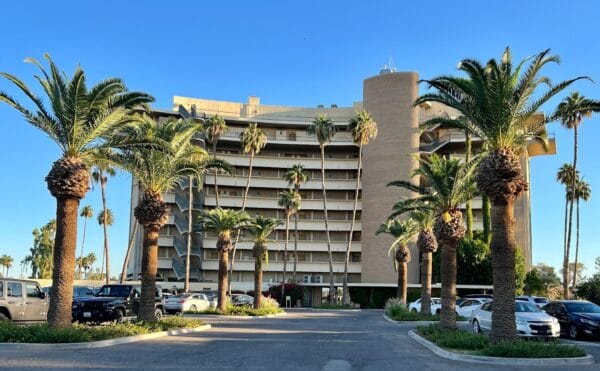By Justin Allsop, Rose Law Group Law Clerk
Generally speaking, politicians enjoy a good debate. As a result, any new bill proposed is subject to hours and hours of conjecture, hyperbole and revisions in the Legislature. But once in a while, a bill comes along that just makes sense; neither side of the political line seems to be at odds with the language or effect of the proposal.
The bill then sails smoothly through subcommittees and committees and votes until it becomes law. Usually these bills speak to practical matters and are without controversy. Kudos to Rep. Frank Pratt (R-District 8) for authoring one such bill, HB 2138. In fact, a review of videos before the various House and Senate committees is an exercise in boredom; there simply was no debate whatsoever on HB 2138.
HB 2138 alters the annexation requirements of A.R.S. § 9-471 for cities when taking roadways and rights-of-way from a governing county. Under the old law, annexation required the input and approval of property owners comprising over 50% of the value of land to be transferred, as well as the approval of over 50% of the owners in the area to be annexed. Additionally there are strict size requirements about annexations that determine an annexation proposal’s shape.
Under HB 2138, the law does away with the annexation process altogether for the appropriation of roadways and rights-of-way when the annexing city and divesting county agree by mutual consent, permitting for the roadway or right-of-way to be transferred without annexation. So long as the roadway or right-of-way is adjacent to the annexing city, there should be no problem. The county and city are free to reach an agreement and avoid the lengthy and cumbersome problem presented by the rules governing annexation.
Consider the example of the City of Maricopa. Much of its roadways lay right along section lines. These section lines are often the line separating the city from the unincorporated portions of Pinal County. Where there are roadways along these boundaries, the city is responsible for one-half of the street, and the county is responsible for the other half. This creates potential maintenance and governance clashes. This problem is only compounded by the fact any attempt by the city to annex the roadway was previously subject to the annexation provisions of A.R.S. § 9-471.
Now, as long as the county agrees to the city’s desire to have the road transferred, these situations don’t have to become administrative nightmares.












